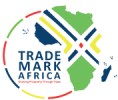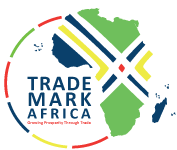In East Africa, Uganda has entered into a Memorandum of Understanding (MoU) with South Sudan, which will see Kampala extend electricity to South Sudan’s border towns of Kaya and Nimule. Uganda’s state minister for energy Simon D’janga, explained that the agreement is in line with the East Africa Community Power Pool Agreement, which calls on all member states to connect electricity to each other, the Sudan Tribune reported. “Uganda is already implementing cross-border electrification with Rwanda and Tanzania, which is supplying power to Rakai, and we are going to connect power to Eastern DR. Congo,” D’janga said. “All the power is coming from Uganda. We will supply 400KV of electricity we already have electricity in Nimule and Kaya but on Uganda side and now we want to extend it inside South Sudan,” he added. Cross border electricity trade Media reported that South Sudan’s electricity and dam’s minister, Dhieu Mathok Wol, said the electricity agreement fulfils the regional leaders’ agreement to electrify the border towns to spur socio-economic activities in the border towns and reduce refugee migrations into Uganda. “It is President [Yoweri] Museveni’s idea that people in border towns be given electricity to spur socio-economic activities so that it can reduce refugee migrations into Uganda,” Wol stated. According to the Sudan Tribune, both governments signed a MoU to establish mechanisms for the project’s implementation through the formation of joint committees that will be responsible for mobilising funds meant for the project. Media cited the minister stating that South Sudan has...
Uganda seals cross border electricity trade deal with S. Sudan
Posted on: October 9, 2017
Posted on: October 9, 2017















